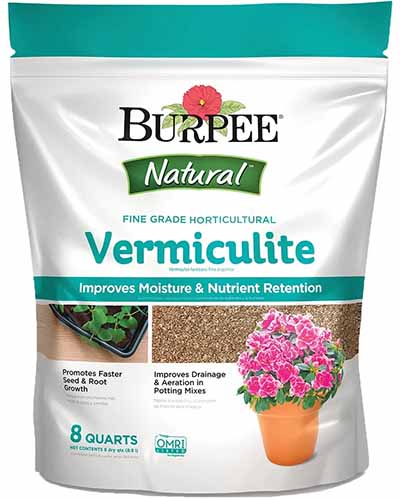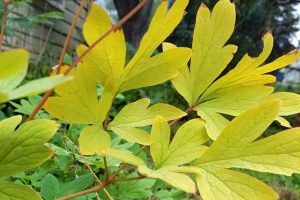A single word on a begonia label might cause you to miss out on a beautiful bargain: annual.
Most begonias are commonly considered annuals and new starts may even have a tag that describes them as annuals at box stores or local nurseries.
But they are actually perennials grown as annuals. If you keep that in mind and tend to them properly, they’re a reliable source of free bedding plants for future seasons and indoor color in winter.
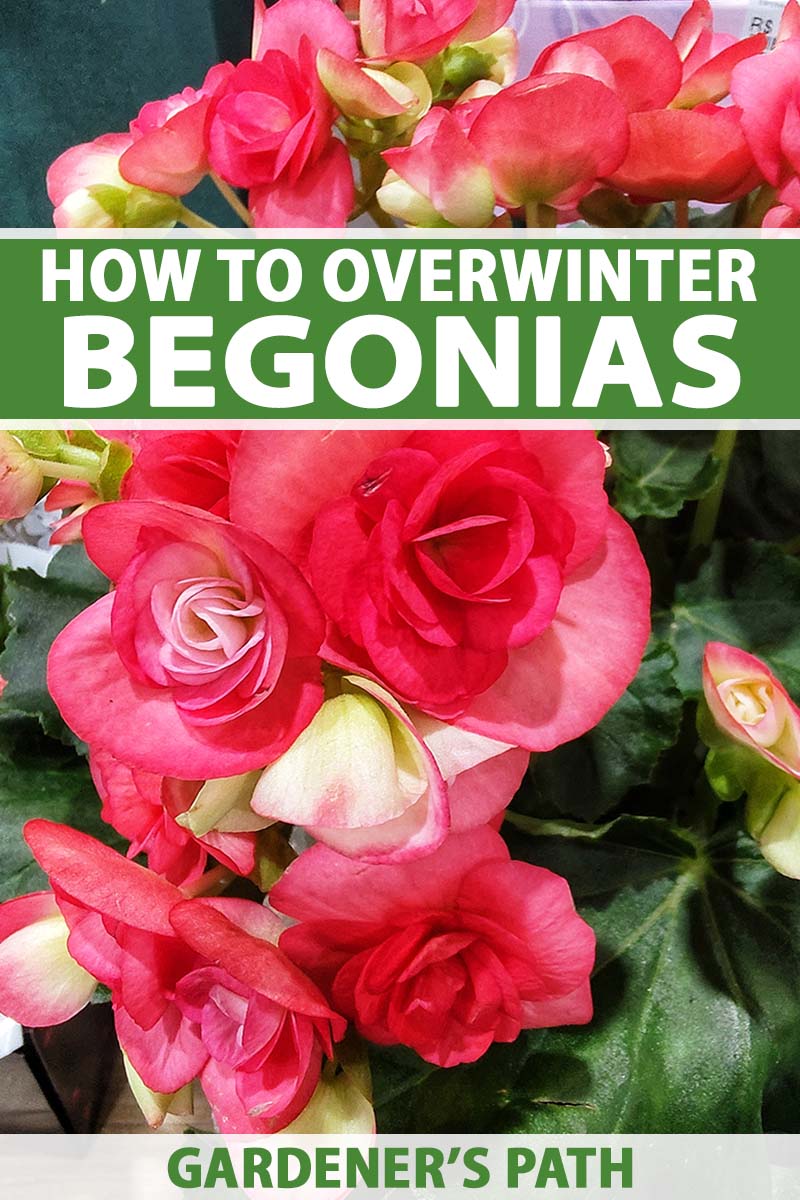
We link to vendors to help you find relevant products. If you buy from one of our links, we may earn a commission.
Many gardeners trash those Mother’s Day hanging baskets or mass plantings of wax begonias at season’s end at the same time when they’re pulling up zinnias and other summer annuals.
But you know what? You don’t have to.
You may be gardening outside of the areas where begonias are hardy: USDA Zones 9 to 11 for tuberous (B. x tuberhybrida) types, and Zones 10 to 11 for wax (B. x semperflorens-cultorum) varieties.
But you can still bring plants or tubers indoors for the winter in colder areas. Tend them carefully for a few months and you’ll have bedding plants or tuberous starts ready to go in the ground in the spring, with no need to buy new ones.
Another species, the tuberous B. grandis, or hardy begonia, grows as a perennial in USDA Hardiness Zones 6 to 9, so gardeners in parts of the Midwest, Southeast, and Northwest are able to keep this type alive in winter in the ground or in a container.
Winterizing isn’t ordinarily as much of an issue for the rhizomatous and rex begonias grown as houseplants, though you might occasionally see them in the perennial landscape in Florida or other parts of Zones 10 to 11.
You can find more information on caring for these in our guide to growing rex begonias indoors.
In this guide, I’ll focus on winterizing methods for wax, hardy, and tuberous begonias grown outdoors. Here’s what to expect:
What You’ll Learn
Planning for the Cold
Don’t think of winterizing these plants as an emergency response.
It’s something you plan as you design your garden and plant, not a last-minute race to drag pots into the garage and throw sheets around when snow is forecast that night.
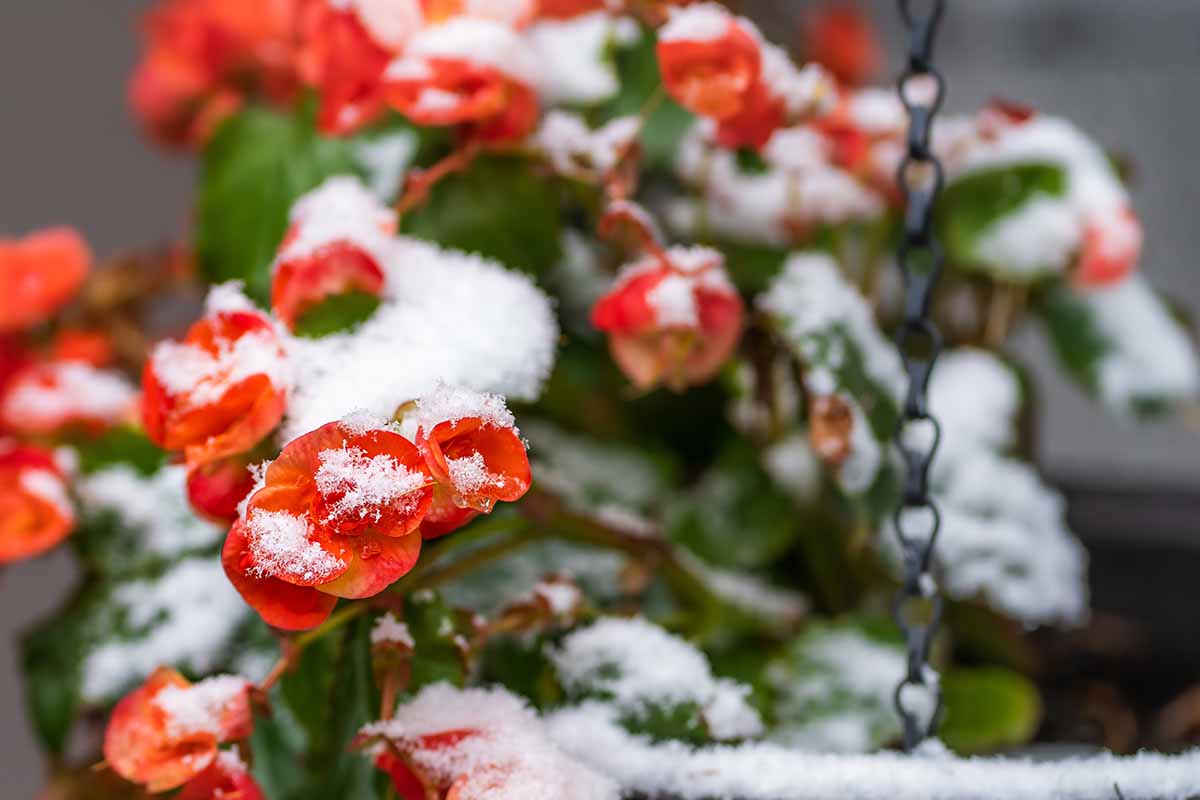
One critical part of this planning is knowing the USDA Hardiness Zone for your growing area and whether the begonia you’re growing is hardy there.
The Begoniaceae family includes dramatic tropical beauties, sweet little bedding plants for cottage gardens, and hundreds of other diverse ornamentals.
If you live in a warmer climate in Zones 9 to 12, you may be able to grow at least one type outdoors year-round in a garden bed or container.
But those who live in Zones 6 to 8 must plan either to grow a hardy begonia, lift tubers to store, or dig up plants with fibrous roots from the ground to overwinter in containers indoors.
Even hardy begonias can’t withstand winter weather in Zones 3 to 5, so gardeners in those areas must opt for growing these plants as annuals, and then bringing the tubers or plants indoors for the coldest months.
Be sure to identify your selected variety early on to meet its specific needs for winter.
It’s also important to recognize dormancy habits so you don’t think a living plant has died on you, or a malingering plant is healthy when it’s not.
Tuberous begonias, for example, go dormant in winter even indoors, and drop their leaves and die back. Wax begonias have fibrous roots and may do so well indoors that they not only keep their leaves or grow new ones, they continue to bloom.
Hardy begonias planted outdoors will die back naturally in Zones 6 to 9. If you plan to overwinter them in pots in colder regions, you’ll need to trim the stems back yourself.
Plan accommodations for any that must overwinter indoors well ahead of time.

There’s no point saving these ornamentals for next year if you can’t provide the proper humidity, light, water, and temperature in your home or any outbuilding where you plan to stash them until next spring.
Prepare a spot with optimal exposure ahead of bringing any live wax begonia plants inside.
You’d be amazed at how few places you might have available for a plant that requires decent humidity and bright, indirect light, so start looking before you actually need that ideal location.
You’ll also need to winterize before it’s too chilly for your chosen type, so note when such weather typically arrives in your gardening journal or set a text reminder on your cell phone.
Also leave time to schedule an inspection of any plants you plan to protect for the winter. Look for pests like spider mites, mealybugs, or scale, and evidence of ailments including root rot.
If a pest population or damage is discovered but it’s minimal, eliminate the problem before you make the effort to winterize.
When pests are proliferating or plants are unhealthy, destroy those specimens, skip winterizing, and find new options for the next growing season.
Once you’re done planning, here’s how to complete winter preparations for the various types of begonias:
Bring Wax Begonias Inside for Winter
Old-school but ever-popular wax begonias are one of the easiest mass-planting flowers to overwinter and grow again next year.
They’ll grow as perennials in Zones 10 and 11, but those gardeners in Zones 3 to 9 must provide them with a winter home if they’re expected to survive weather colder than about 60°F.

Prepare for the transition by reducing irrigation by half starting in late summer. By late August, cease fertilizing.
Rake plant debris from the garden bed or pick dead leaves and weeds from container-grown plants. The last thing you want is to bring bugs or fungal diseases inside with the plants.
To ease their transition to a new indoor environment, pinch the stems back to a height of about three inches. Some old-timers also pinch all the flowers in late summer, but I’ve found it’s enough to deadhead any that have turned brown.
Container-grown outdoor plants can move inside in their outdoor pots if they’re not too heavy and you have somewhere to set or hang them. Ensure they have drainage holes at the bottom and a saucer to catch excess water.
If they’re growing in a garden plot or landscape, you’ll want to transplant them into lightweight, shallow pots filled with a sterile, well-draining potting mix.
Remember, while they need humus-rich soil to aid in drainage, they don’t need fertilizer during the winter, so avoid premade mixes that contain time-release fertilizer.
Dig up the plants before you anticipate temperatures below 60°F to arrive, and repot them at the same level they were in the ground, backfilling with fresh potting mix.
When they’re indoors, the plants require plentiful indirect light. Direct sunlight will scorch the leaves, so avoid that.
Water sparingly in winter, only when the soil is dry to about an inch and a half below the surface, which you can check with your pinky or a soil moisture meter. If in doubt, skip the water since these ornamentals are particularly prone to root rot from overwatering.
During the winter, keep the plants healthy by consistently deadheading the blooms, removing dead leaves with a sharp, clean paring knife, and immediately removing any plant debris from the soil surface to discourage disease.
These ornamentals don’t like transitions (I can relate!), so ease their stress by introducing them to new conditions gradually.
Start with a few hours a day in the new location, whether moving the plant to a warmer indoor spot in autumn or a cooler outdoor spot in spring.
Add an hour or two per day until a week has passed. By then, your begonia should be acclimated.
Learn more tips for growing and caring for wax begonias in our guide.
Save Tuberous Begonias for Next Year
Their green foliage is so sprightly and those double-bloom rosettes so pretty that of course, we’d all like to bring B. x tuberhybrida inside for the winter.
But this variety would only have a short life as a blooming houseplant in cold weather. It goes dormant as the days get shorter, whether it’s out in the winter weather or not.
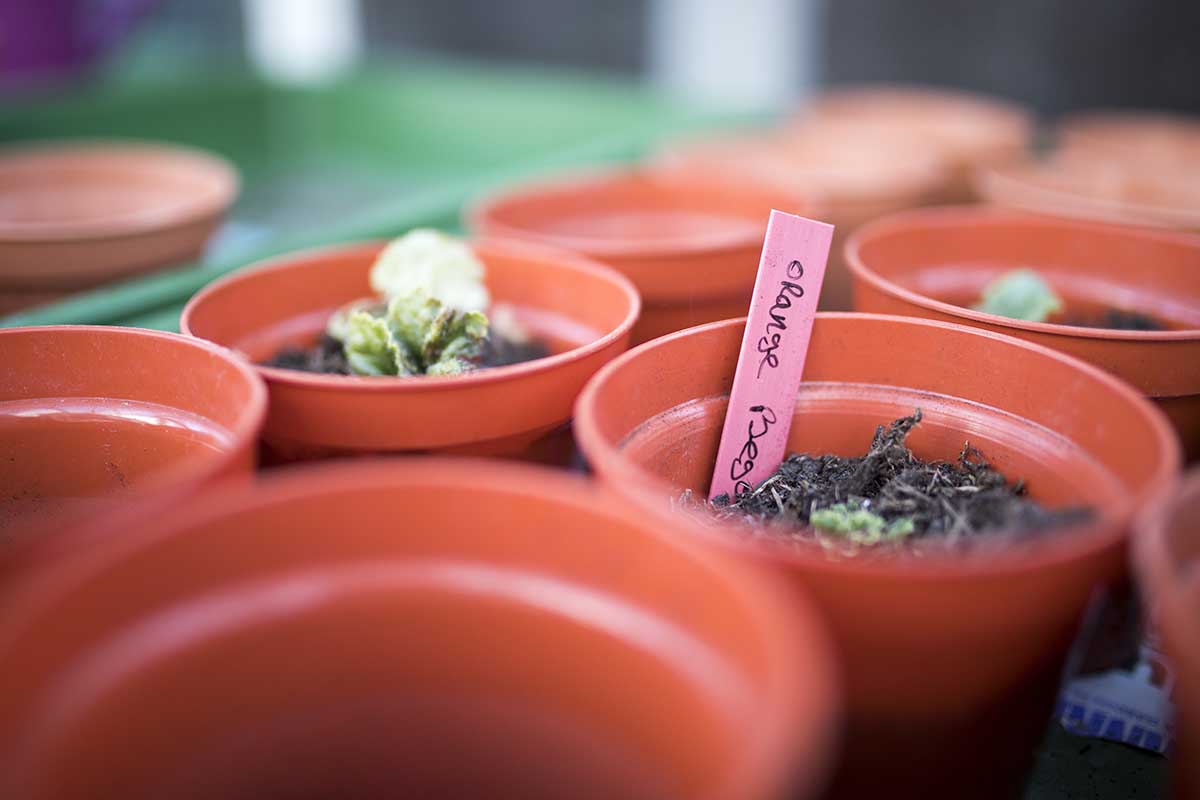
As a budget-stretching alternative, dig up and store the tubers during the cold months. Then use them to start new plants you can transplant outside in spring.
To prepare tuberous begonias for winter storage, reduce water to a quarter of the usual amount and stop fertilizing in late summer, about eight weeks ahead of the average first frost date in your area.
Plan to lift the tubers a few days after the first frost in your area but well before the ground freezes. Be sure to remove dead leaves, weeds, and any other plant debris so you won’t be inviting fungi or bugs to overwinter with the tubers.
Use a trowel or small spade to dig up the plants, tubers and all.
Gently shake all but a thin coating of soil loose from each tuber.
Leave the stems attached, but trim them to be an inch long.
Let the tubers “cure” in a cool, dry space like a shed or garage for a couple of weeks. This allows them to dry, so they’ll stay fresh in storage.
You’ll know that they’re ready when the remaining stem stubs are loose and dry.
Then dust off any soil that is still holding on with a fine paintbrush or clean toothbrush, and nestle the cured tubers into a couple of inches of sawdust or a peat alternative in a cardboard container. I like to use shoeboxes, or something of a similar size.
Organic vermiculite is my top pick for indoor gardening projects like this one. Natural horticultural vermiculite is available in eight-quart bags from Burpee.
Cover the tubers with another inch of sawdust or vermiculite and stow the box somewhere that’s reliably 40 to 50°F.
They should be fine until you are ready to replant them outdoors or start new plants from the tubers indoors. But do check first to make sure the tubers have not become overly moist, mushy, or odiferous, and destroy any that are.
Some folks like to use a separate small paper bag to contain each tuber, so if one goes bad it won’t affect the others and can be readily disposed of.
To learn more about propagating tuberous begonias from tubers, see our guide.
Prepare Hardy Begonias for Freezing Weather
Hardy begonias offer gardeners in Zones 6 to 9 a chance to grow these plants outdoors year-round.
They are hardy down to about 23°F, though a protective mulch may be needed to help them through the winter in the coldest Zones within their range.
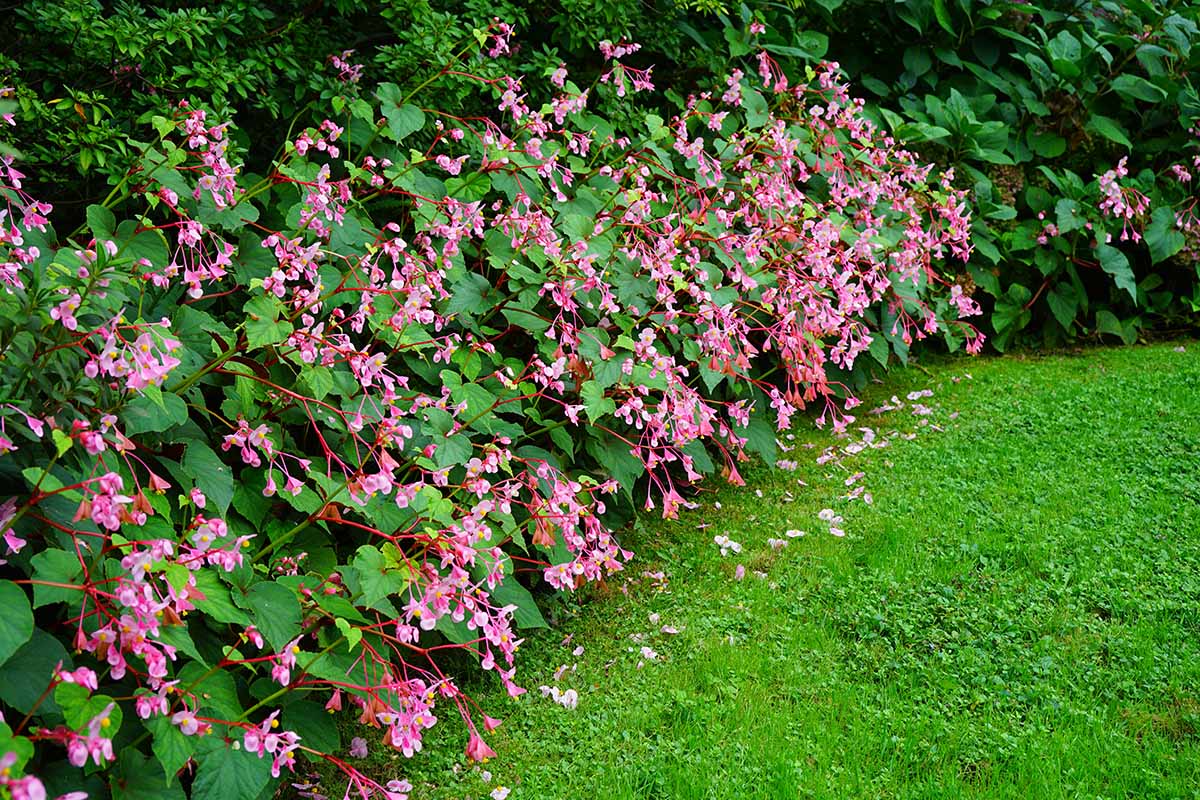
The heart-shaped leaves are lovely even without blooms, but they also produce clusters of fragrant flowers in white or shades of pink.
They have a lovely trait of blooming from midsummer through late fall and are a hit with pollinators.
As the days get shorter in autumn, they begin to go dormant, with the first sign being yellowing leaves.
The cool thing about these is that during dormancy, they form pea-sized bulbils that will drop to available soil and sprout into new hardy begonia plants come spring.
If you like, you can harvest these bulbils yourself and plant them where you’d like to see more begonias.
Hardy begonias have tuberous roots but the overwintering process is not the same as you’d use for less cold-resistant tuberous types.
To help them thrive in dormancy, make sure to weed around the plants, deadhead spent flowers, and apply a heavy layer of mulch to any you are keeping in the ground in the weeks leading up to the average first frost date in your area.
You can also dig them up to overwinter in containers in a frost-free shed or garage, or anywhere that’s cool but not freezing.
Cut the stems to stand four inches above the tuberous roots first, and lift them from the soil the same way you would wax begonias.
Note you won’t be growing these as houseplants inside in the winter. They won’t bloom indoors when the days are short and will still go dormant.
Container-grown B. grandis can simply be moved directly into your chosen cool-but-not-freezing spot after the first frost, but be sure to mulch the plants heavily first.
Come spring, out they go, but only after a week or so of hardening off in their pots.
A Winter Break with Begonias
I’m a fan of keeping begonias alive over the winter so they’ll grow again next season, and not only because I love a bargain.
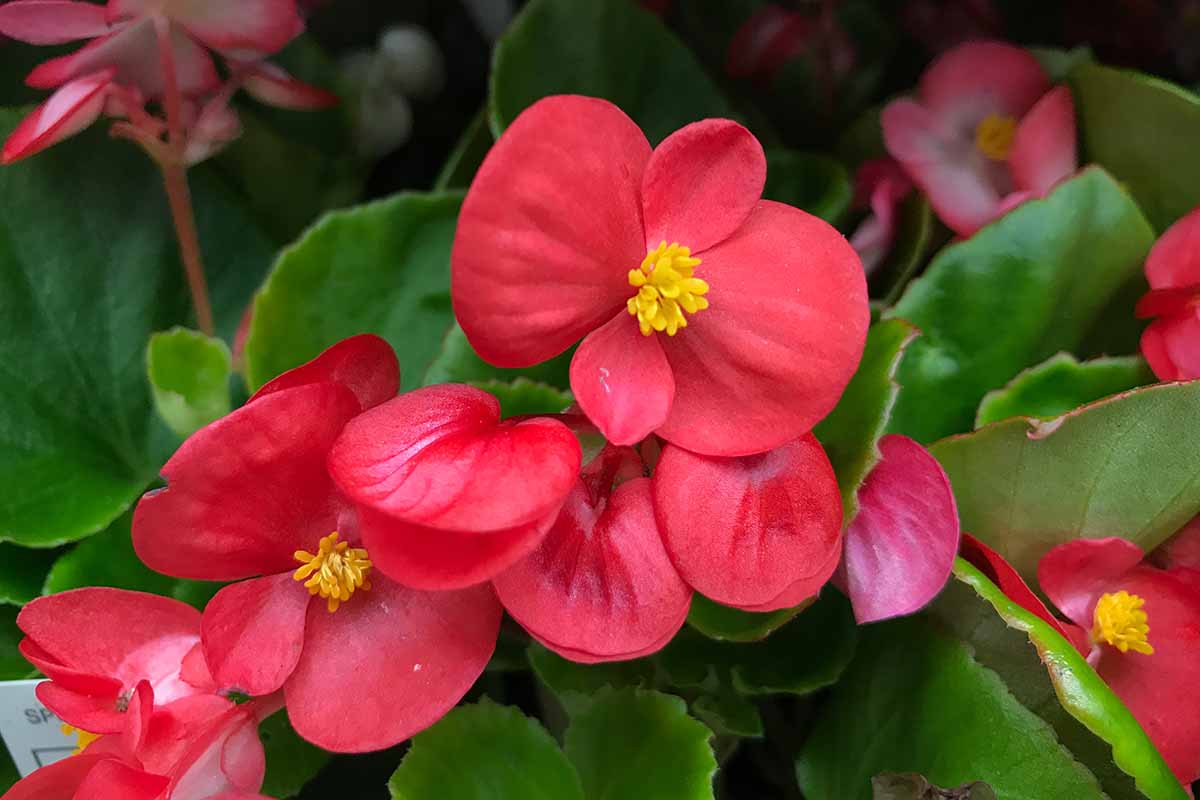
Tending these flowers all year long gives me more opportunities to grub around in the dirt, and I’m delighted to have a piece of the garden kept inside under my watchful eye in the gloomy months.
Have you had the pleasure of protecting a begonia from the cold so it could survive the winter? We’d appreciate reading about your experience or tips in the comments section below.
We’ll also respond ASAP if you have a question about overwintering these varieties that you didn’t see covered in this guide.
For additional strategies for winterizing flowers, read these articles next:
